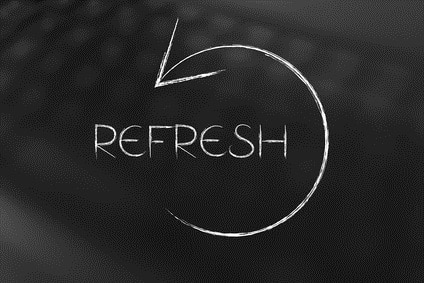In a perfect world, an employer would be able to meet and interview all their IT job applicants in-person. Unfortunately, we don’t live in a perfect world. Whether they’re sick, are out of PTO, don’t have reliable transportation, or simply live too far away, there are a multitude of reasons why a job candidate may not be able to interview in-person. This shouldn’t automatically disqualify them for a position, however. With tech unemployment near an all-time low, at 1.3%, employers need to consider all candidates who have interest and may be a fit for their open positions – not only the ones who are able to meet face-to-face. While in-person interviews have a plethora of unmatched benefits, there is a perfectly valid substitute for when they’re not possible – video interviews.
In this blog post, we’ll review the benefits of video interviews and list the different tools and platforms that can be used to conduct one.
The Benefits of Conducting Video Interviews
An Accelerated Hiring Process
For roles with talent shortages, which constitutes almost all of IT, the need for speed is imperative. In such a competitive landscape, IT employers must act fast once a candidate, and potential hire, has been identified. Video interviews allow for a quick turnaround and can be conducted at almost any time – even the day of scheduling. They also afford the employer an opportunity to conduct multiple interviews in a short amount of time – going from one video call to the next.
Reduction in Time-Wasted
Inviting candidates in for an interview, only for them to no-show, or ghost you, can be incredibly frustrating and time-consuming. While video interviews are no safeguard, the time devoted by the interviewer is minimized when utilizing them. Instead of waiting in-person for the candidate to arrive, an interviewer can work on projects and other tasks while they wait for the candidate to join. If a candidate doesn’t show up for the interview, the interviewer can then continue with their work for the day without missing a beat.
Ease of Scheduling
Whether it be a single decision maker conducting the interview, or a team of them, scheduling time for in-person interviews can pose a challenge. Scheduling them too early or too late in the day may interfere with the candidate’s personal responsibilities – as well as your teams. Scheduling them in the middle of the day may preclude the candidate if they’re unable to get out of work. Because video interviews can take place nearly anywhere and at any time, arranging them is made that much easier.
Larger Candidate Pools
Simply put, video interviews allow for larger candidate pools due to their removal of geographic restrictions. With the increasing IT skills shortage, and for some employers a limited local talent pool, video interviews offer the perfect solution. Whether they be hundreds of miles or a continent away, applicants from all over world can interview for positions – provided they have access to the internet, of course. The employer is then able to put a face/voice/disposition to a name.
Positive Brand Perception
In many ways, video interviews help organizations deliver a better hiring experience to their candidates, one that’s faster, simpler and more convenient. In addition, 98% of candidates interviewed via video said they perceived the employer as innovative. In an IT marketplace where candidates are searching for innovative and forward-thinking employers, what better first impression is there?
Video Interviewing Tools and Platforms
To participate in a video interview, the job applicant usually needs only a webcam and video software, both of which have become standard equipment on most laptop computers, smartphones, and some desktop PCs. So, as long as the applicant has sufficient technology, organizations can utilize a number of different options to conduct their interviews.
One option is through the use of popular, consumer-grade video platforms, such as Microsoft Skype, Apple FaceTime, or Facebook’s WhatsApp. This is the least expensive approach and generally the easiest to set up (who hasn’t used FaceTime?).
The other main option is to use specialized video interviewing software. These platforms offer data capture, analytics capabilities, and have more controls for scheduling interviews and sharing the videos among hiring managers and decision makers. Some examples of these platforms include:
If you’re lacking candidates for your open IT roles, consider conducting video interviews. The hiring practice promotes an accelerated hiring process, increases the number of qualified applicants, improves the efficiency of your organization, and results in a more positive brand perception.









